Category: electronics
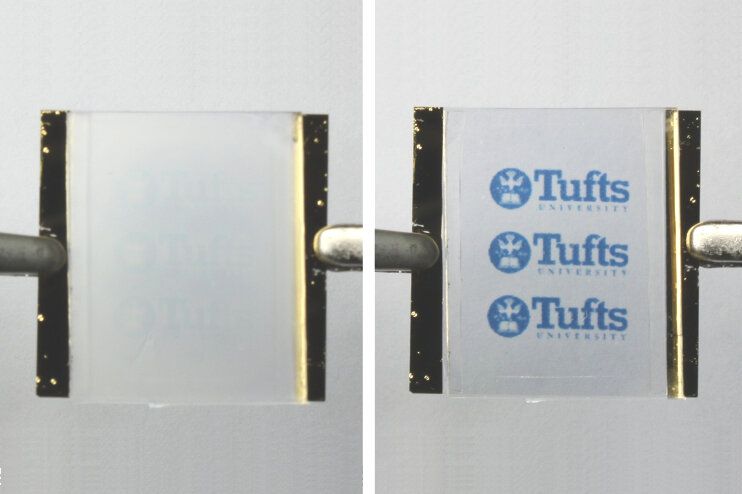
New silk materials can wrinkle into detailed patterns, then unwrinkle to be ‘reprinted’
Researchers at Tufts University School of Engineering have developed silk materials that can wrinkle into highly detailed patterns—including words, textures and images as intricate as a QR code or a fingerprint. The patterns take about one second to form, are stable, but can be erased by flooding the surface of the silk with vapor, allowing the researchers to “reverse” the printing and start again. In an article published today in the Proceedings of the National Academy of Sciences, the researchers demonstrate examples of the silk wrinkle patterns, and envision a wide range of potential applications for optical electronic devices.
The smart textile takes advantage of the natural ability of silk fiber proteins—fibroin—to undergo a change of conformation in response to external conditions, including exposure to water vapor, methanol vapor and UV radiation. Water and methanol vapor, for example, can soak into the fibers and interfere with hydrogen bond cross links in the silk fibroin, causing it to partially ‘unravel’ and release tension in the fiber. Taking advantage of this property, the researchers fabricated a silk surface from dissolved fibroin by depositing it onto a thin plastic membrane (PDMS). After a cycle of heating and cooling, the silk surface of the silk/PDMS bilayer folds into nanotextured wrinkles due to the different mechanical properties of the layers.
Exposing any part of that wrinkled surface to water or methanol vapor causes the fibers to relax and the wrinkles to flatten. The smooth surface transmits more than 80% of light, while the wrinkled surface only allows 20% or less through, creating a visible contrast and the perception of a printed pattern. The surface can be selectively exposed to vapor using a patterned mask, resulting in a matched pattern in the textured silk. Patterns may also be created by depositing water using inkjet printing. The resolution of this printing method is determined by the resolution of the mask itself, or the nozzle diameter of the inkjet printer.
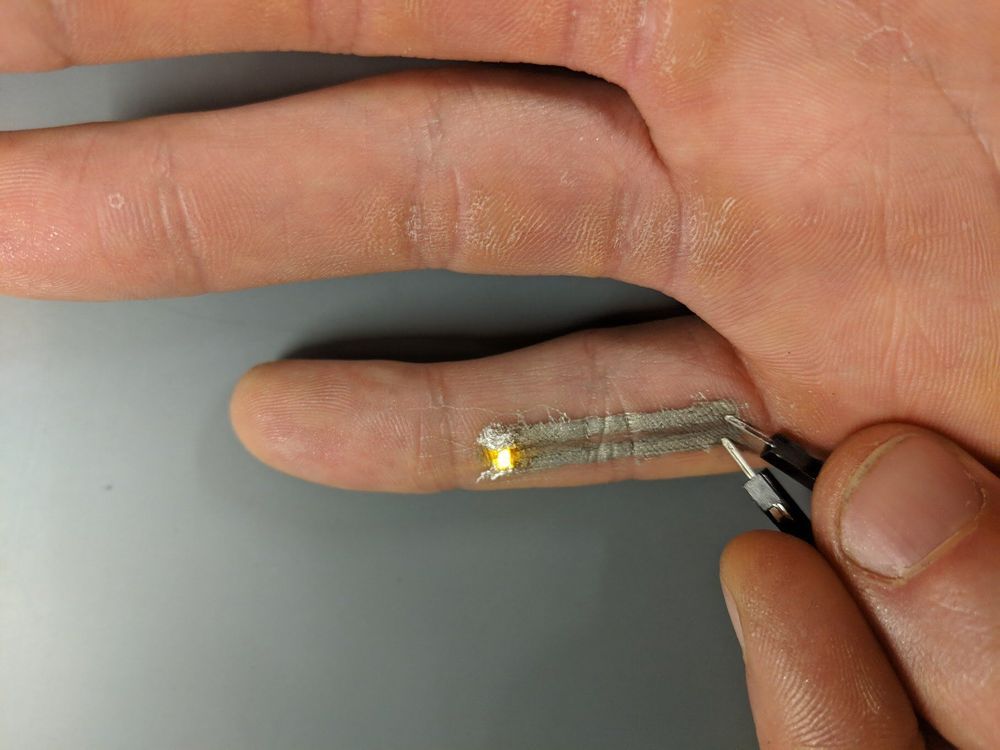
Printed electronics open way for electrified tattoos and personalized biosensors
Electrical engineers at Duke University have devised a fully print-in-place technique for electronics that is gentle enough to work on delicate surfaces including paper and human skin. The advance could enable technologies such as high-adhesion, embedded electronic tattoos and bandages tricked out with patient-specific biosensors.
The techniques are described in a series of papers published online July 9 in the journal Nanoscale and on October 3 in the journal ACS Nano.
“When people hear the term ‘printed electronics,’ the expectation is that a person loads a substrate and the designs for an electronic circuit into a printer and, some reasonable time later, removes a fully functional electronic circuit,” said Aaron Franklin, the James L. and Elizabeth M. Vincent Associate Professor of Electrical and Computer Engineering at Duke.
I Dismember Mama — Saul Kent, promoter of cryogenic immortality Part 1
From the Errol Morris tv series First Person.
This episode features the eccentric Saul Kent, promoter of cryogenic immortality.
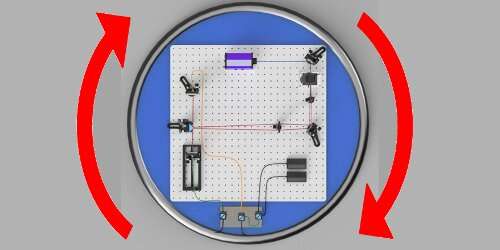
Testing quantum mechanics in a non-inertial reference frame using a rotating interferometer
A team of researchers from the University of Glasgow and the University of Southampton has devised a novel way to test quantum mechanics in a non-inertial reference frame by using a rotating interferometer. In their paper published in the journal Physical Review Letters, the group describes studying the Hong-Ou-Mandel interference using fiber coils on a rotating disk, and what they found.
As physicists struggle with the problem of uniting general relativity and quantum physics, they devise new ways to test both. In this new effort, the researchers noted that the two theories are consistent under some conditions—such as when gravity is very weak, or when modest acceleration is involved. In their experiment, they chose to test the Hong-Ou-Mandel interference, in which entangled photons are sent on different paths along a circular track—one clockwise, the other counterclockwise. Theory suggests that when such entangled photons are reunited, they should bunch together and move toward one detector or the other. Conversely, non-entangled photons should travel toward either detector randomly.
In their experiment, the researchers set fiber cables on a rotating disk along with sensors for reading where the photons went after passing through the cables. They then sent a stream of entangled photons through the fiber cables (one clockwise, the other counterclockwise) and noted how they behaved as the disk was rotated—a means of applying a non-inertial reference frame. The researchers report that, as expected, the entangled photons did, indeed, bunch up and march off to a sensor together after being reunited with a beam splitter. More importantly, they noted that applying a non-inertial reference frame resulted in one of a pair of photons arriving a little later than the other, which in turn had an impact on the bunching signals the team recorded.
New augmented reality head mounted display offers unrivaled viewing experience
Cambridge engineers have developed a new augmented reality (AR) head mounted display (HMD) that delivers a realistic 3D viewing experience, without the commonly associated side effects of nausea or eyestrain.
The device has an enlarged eye-box that is scalable and an increased field of view of 36º that is designed for a comfortable viewing experience. It displays images on the retina using pixel beam scanning which ensures the image stays in focus regardless of the distance that the user is fixating on. Details are reported in the journal Research.
Developed by researchers at the Centre for Advanced Photonics and Electronics (CAPE) in collaboration with Huawei European Research Centre, in Munich, the HMD uses partially reflective beam splitters to form an additional “exit pupil” (a virtual opening through which light travels). This, together with narrow pixel beams that travel parallel to each other, and which do not disperse in other directions, produces a high quality image that remains unaffected by changes in eye focus.

Blind Man Invents ‘Smart Cane’ That Uses Google Maps and Sensors to Identify Surroundings
(TT) — Thanks to the ingenuity of a blind inventor, people who lack sight can more easily navigate the world.
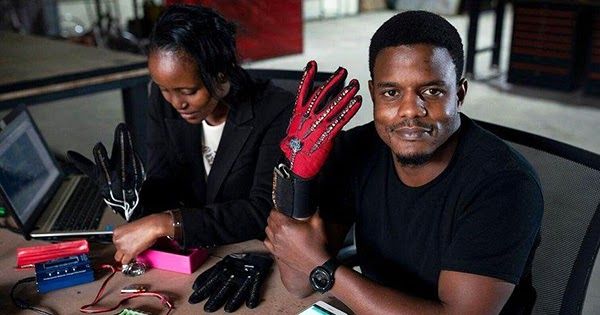
Black Engineer Invents Gloves That Turn Sign Language into Audible Speech
Shouldn’t the title just be “Engineer”? What an amazing product!
Roy Allela, a 25-year old engineer and inventor from Kenya, has found the ultimate solution to bridging the communication barrier between deaf and hearing people. He has invented the Sign-IO gloves that can translate signed hand movements to audible speech so deaf people can “talk” even to those who don’t understand sign language.
The Sign-IO gloves feature sensors mounted on each of the five fingers to determine its movements, including how much a finger is bent. The gloves are connected via Bluetooth to an Android app that Allela also invented which uses a text-to-speech function to convert the gestures to vocal speech.
Allela was inspired to create the gloves because he and his family struggled to communicate with his 6-year-old niece who was born deaf. “My niece wears the gloves, pairs them to her phone or mine, then starts signing and I’m able to understand what she’s saying. Like all sign language users, she’s very good at lip reading, so she doesn’t need me to sign back,” he said in an interview with The Guardian.
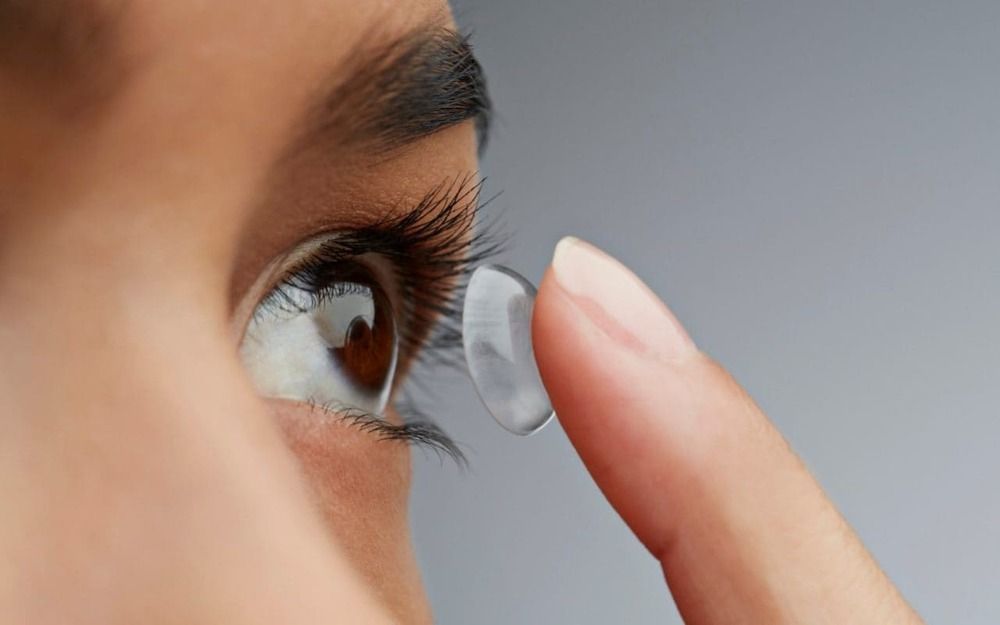
Samsung patents ‘smart’ contact lenses that record video and let you control your phone just by blinking
Of interest?
Contact lenses capable of recording video and taking pictures could one day become a reality after Samsung was granted a patent in the US to develop the technology.
The lenses feature motion sensors, which means that wearers could control devices with their eye movements and potentially give commands to their devices remotely when blinking or using their peripheral vision.